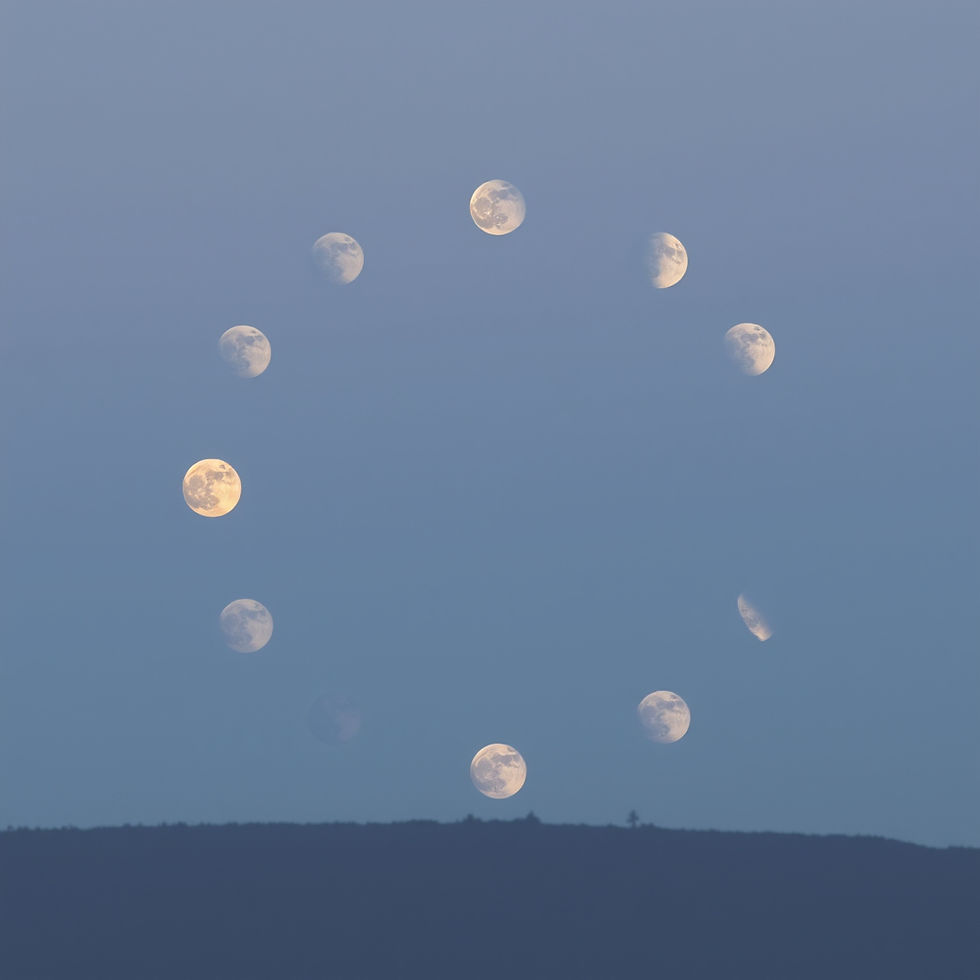The Evolution of Belief: How Human Consciousness Shaped Faith and Spiritual Practice
- Victoria Chavez
- Oct 15
- 3 min read

Long before written language, art, or law, humanity turned its gaze toward the unseen. The rhythm of the moon, the mystery of fire, the return of the seasons—each inspired awe and reverence. From this awe, belief was born. Spirituality and religion are not merely human inventions; they are natural outgrowths of consciousness seeking to understand itself. The story of belief is the story of our awakening, where Human Consciousness Shaped Faith and Spiritual Practice.
Early human communities lived close to nature. Thunder, wind, and the cycle of death and rebirth were expressions of divine power. Their spirituality was instinctive, woven into daily survival. Caves became sanctuaries; stones and trees were imbued with presence. Rituals honored the
. These acts did not yet form religions but were expressions of wonder—a dialogue between humanity and the living Earth.
As language developed, this dialogue took form. Oral traditions became stories; stories became symbols. Over generations, symbolic thought expanded into myth and ritual—early attempts to explain the unexplainable. The divine was personified, given names, shapes, and moral attributes. This marked the birth of organized religion: a way to preserve spiritual experience across generations. What began as direct communion with the sacred evolved into systems capable of guiding entire societies.
Religion became civilization’s moral foundation. It united tribes into cultures and cultures into nations. Temples and scriptures codified spiritual principles into social order. The gods of ancient Sumer, Egypt, and Greece mirrored human concerns—fertility, justice, war, love—expressing humanity’s expanding understanding of life’s forces. Through religion, people learned cooperation, compassion, and restraint. It offered shared identity and belonging, but also hierarchy and division. Belief could heal or harm, depending on how it was held.

Spirituality, meanwhile, never ceased to evolve within and beyond religion. Mystics, shamans, and philosophers across cultures sought direct experience of the divine beyond doctrine. From the meditative paths of the East to the contemplative practices of the West, seekers pursued inner truth rather than outward conformity. While religion provided structure, spirituality kept the essence alive—a reminder that Enlightenment cannot be inherited; it can only be realized.
As human consciousness matured, belief systems began to mirror that evolution. The Enlightenment brought reason; science illuminated the mechanics of the universe, but could not extinguish the mystery that birthed it. In the modern age, spirituality re-emerged as an inner science—a study of consciousness rather than creed. Meditation, mindfulness, and energy awareness represent a continuation of humanity’s oldest impulse: to know itself through the lens of the sacred.
Today, many individuals view belief as fluid rather than fixed. The boundaries between religion and spirituality blur as cultures exchange wisdom and reexamine inherited traditions. Ancient rituals return in new forms—

—adapted for modern life yet rooted in timeless longing. Humanity is rediscovering that faith need not divide; it can unify when approached as exploration rather than competition.
The evolution of belief is not linear but cyclical. Each era brings humanity closer to remembering that divinity is both external and internal, transcendent and immanent. Every temple, chant, and meditation is a reflection of consciousness contemplating itself. The sacred journey continues—not upward or outward, but inward toward awareness.
Belief evolves as consciousness evolves. The divine has never changed—only our understanding of it.
The story of belief is the story of becoming. From primal awe to philosophical insight, from ritual to realization, every stage reflects humanity’s deep desire to connect with purpose, love, and mystery. The more we understand this evolution, the more we see that spirituality and religion are not relics of the past but ongoing expressions of a universal truth: the sacred lives within us, waiting to be remembered.




Comments